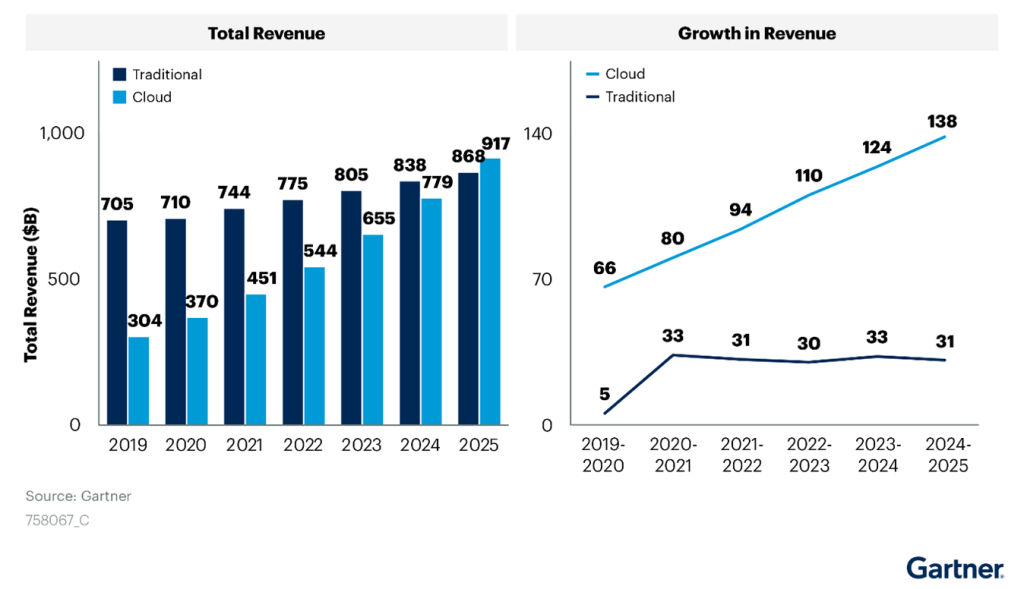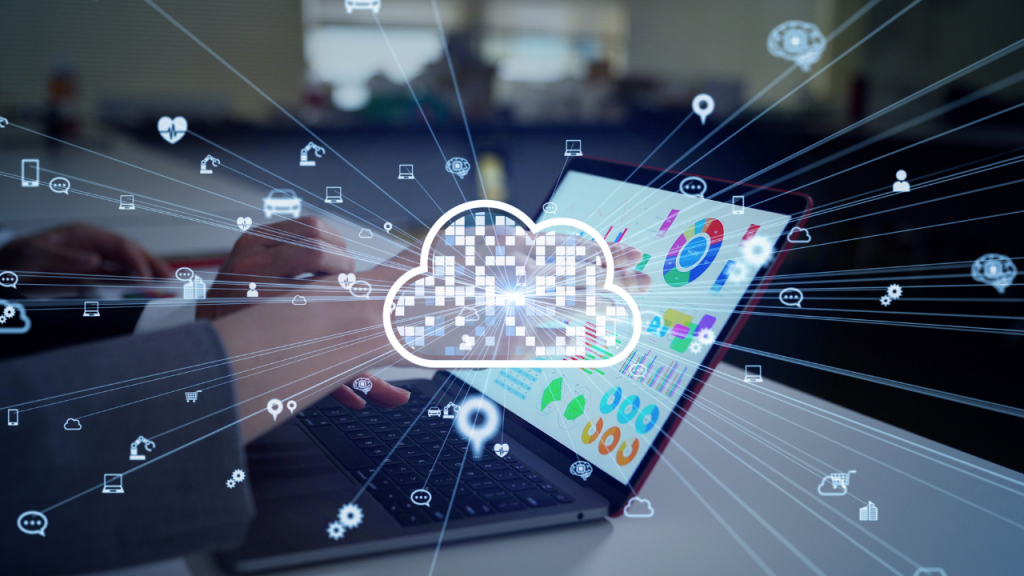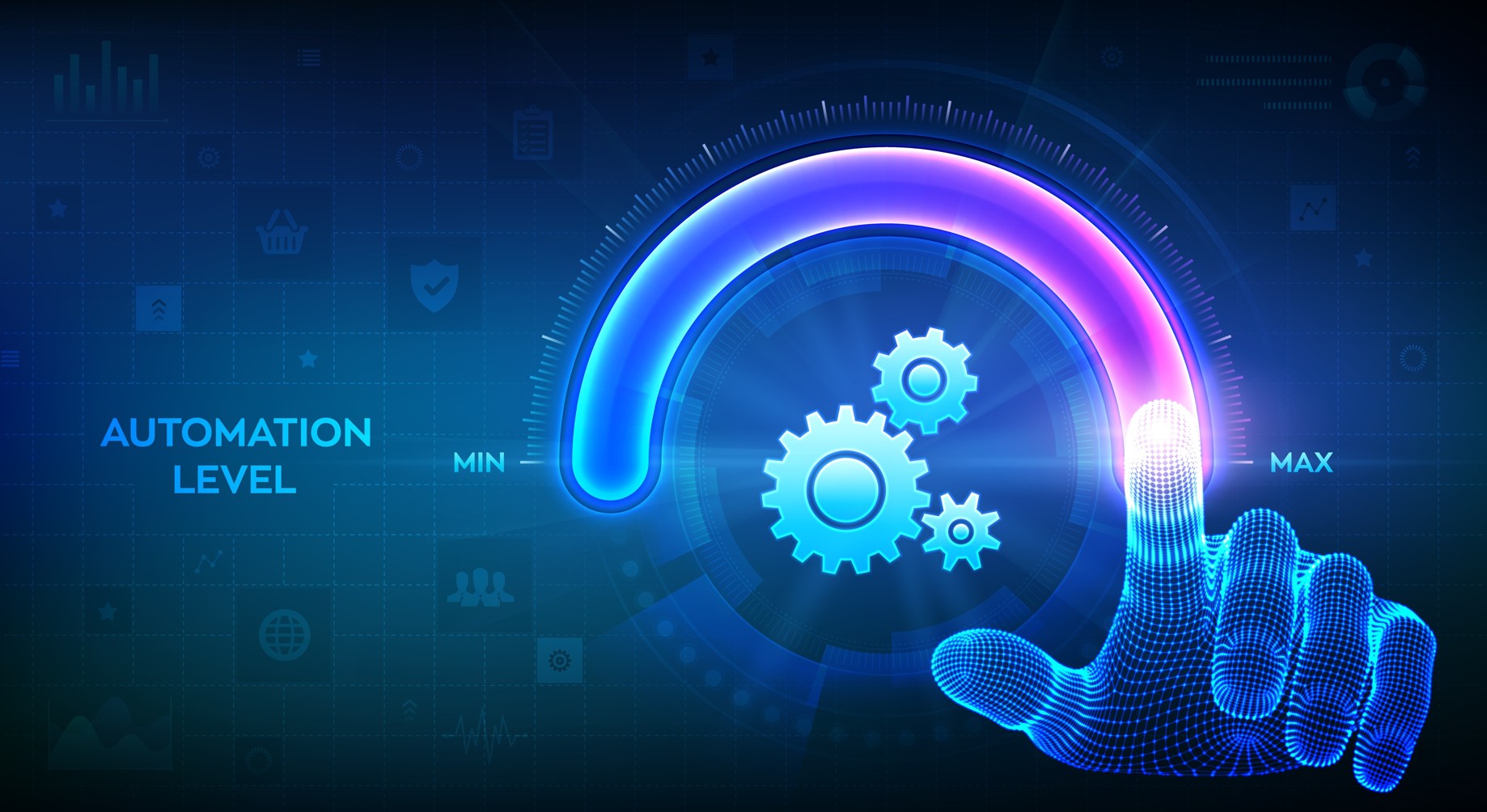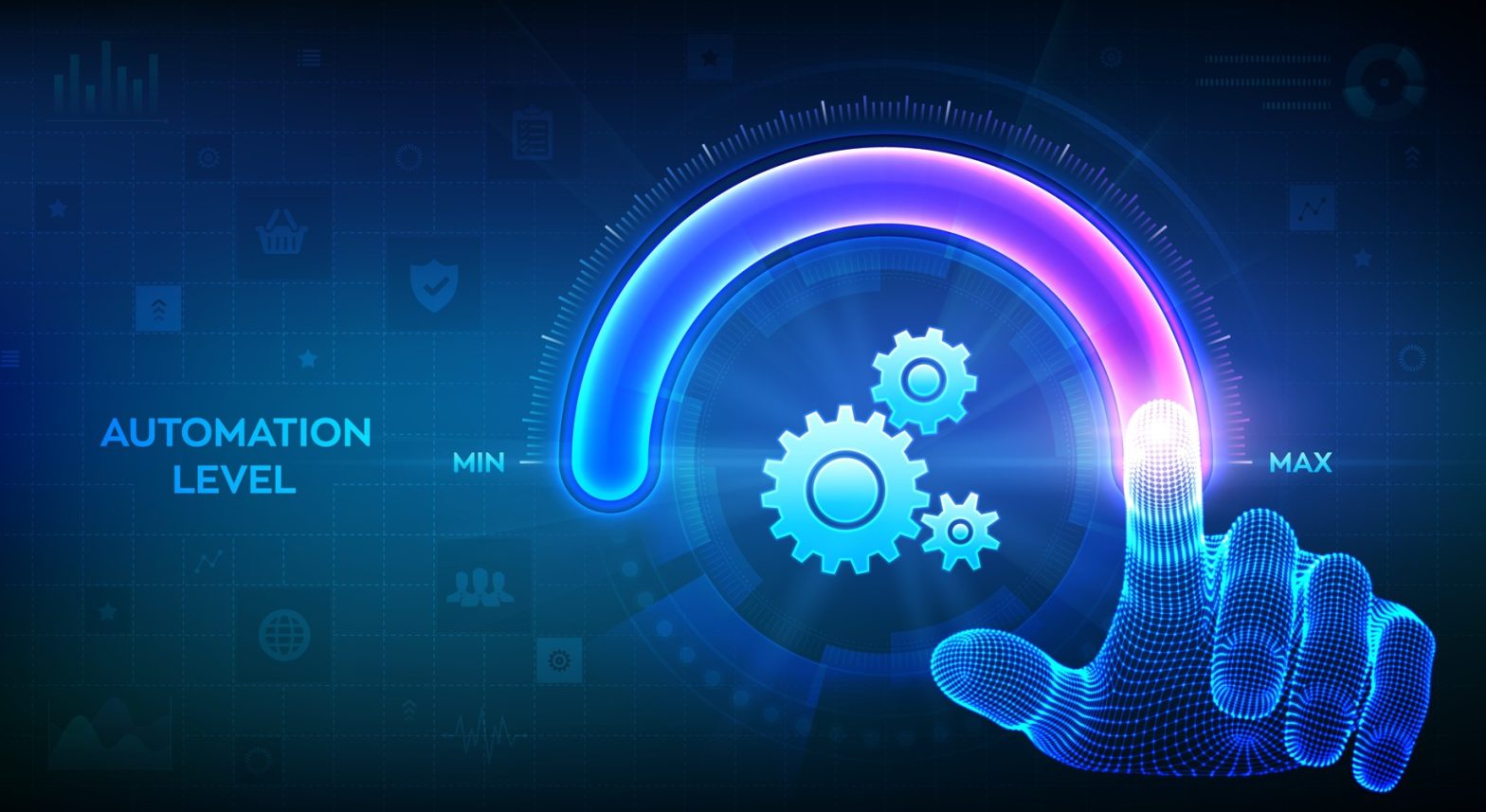Introduction: On-Prem vs Cloud
The debate of on-prem vs. cloud computing has been going on for several years now. Organizations are often trying to decide which of these two options is best for their business, and the answer is not always clear. On-premises is a traditional computing model in which companies purchase and maintain their own hardware, software, and data storage systems. Cloud computing, on the other hand, relies on remote servers to store and process data, which are maintained and hosted by a third-party provider. Both models have their advantages and disadvantages, and it can be difficult to decide which option is best for an organization.
Advantages of On-Premises
Security
When it comes to the advantages of on-premises, security is one of the biggest advantages. With on-premises, organizations store data locally, allowing them greater control. Organizations also don’t need to worry about sensitive data leaving their company. On-premises can be especially helpful for regulatory compliance.
Control
On-prem infrastructure gives organizations complete control of resources, services, and data. Organizations decide who accesses them and what happens to them.
Customization
Finally, on-premises allow for greater customization than cloud computing. Organizations can customize their systems to their exact needs and preferences, meaning they can tailor the system to their specific requirements.
Advantages of Cloud
In contrast, cloud computing also has its advantages.
Cost
Cloud development platforms charge per user, dramatically reducing the organizations’ upfront costs compared to on-premises solutions. Organizations won’t need hardware or physical infrastructure, so they will have no capital expenditures. Many plans include landline connectivity, so they will pay one bill. The maintenance costs are low since there is no infrastructure to maintain.
Scalability
One of the biggest benefits is scalability. Organizations can easily scale up or down depending on their needs, making it easy to quickly add or remove resources as needed.
Data backup
You can easily back up data to the cloud using the vendor’s backup software and storage. Cloud vendors offer a cost-effective method to store and access data.
Gartner Says More Than Half of Enterprise IT Spending in Key Market Segments Will Shift to the Cloud by 2025
In recent years, cloud computing has seen a dramatic increase in growth and adoption, and the trend shows no signs of slowing down. This is due in part to the increasing availability of cloud services, along with the ease of scaling up or down depending on a company’s needs. Additionally, the COVID-19 pandemic has had a huge impact on the cloud computing industry and has accelerated the adoption of cloud services as organizations look for more efficient and cost-effective ways to store and process their data.
According to Gartner, Inc., enterprise IT spending on public cloud computing, within addressable market segments, will overtake spending on traditional IT in 2025.
Gartner’s ‘cloud shift’ research includes only those enterprise IT categories that can transition to the cloud, within the application software, infrastructure software, business process services, and system infrastructure markets. By 2025, 51% of IT spending in these four categories will have shifted from traditional solutions to the public cloud, compared to 41% in 2022. Almost two-thirds (65.9%) of spending on application software will be directed toward cloud technologies in 2025, up from 57.7% in 2022.

In 2022, more than $1.3 trillion in enterprise IT spending is at stake from the shift to the cloud, growing to almost $1.8 trillion in 2025, according to Gartner. Ongoing disruption to IT markets by the cloud will be amplified by the introduction of new technologies, including distributed cloud. Many will further blur the lines between traditional and cloud offerings.
So, who is winning in the on-prem vs. cloud war?
The answer really depends on the specific needs of every organization. If a company is looking for a system that is secure, reliable, and under full control, then on-premises computing is the way to go. However, if they are looking for a more cost-effective option with high scalability, then the cloud is the better choice.
In the end, it really depends on the specific needs of the organizations. For some companies, on-premises computing is the best option and for others, cloud computing is the better choice. It all comes down to the individual needs of the business and which solution is best suited to meet those needs.
No matter which option is chosen, it is clear that the on-prem vs. cloud war is here to stay. Organizations will continue to explore both options to find the best solution for their business. Regardless of the outcome, both options have their advantages and disadvantages, and both will continue to play an important role in the future of computing.
How can we help you on this journey?
We can help you decide which one is the best solution for your business by analyzing where you are in your digital transformation process and developing each of our solutions to be the best in your segment, and together to form an ecosystem designed to give you the right tools you need to take your business to the next level.


































